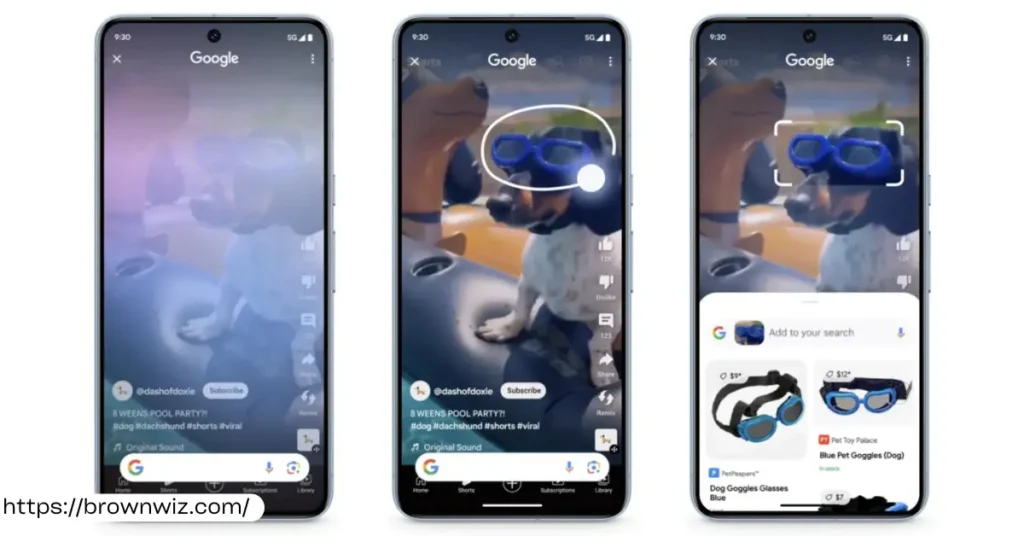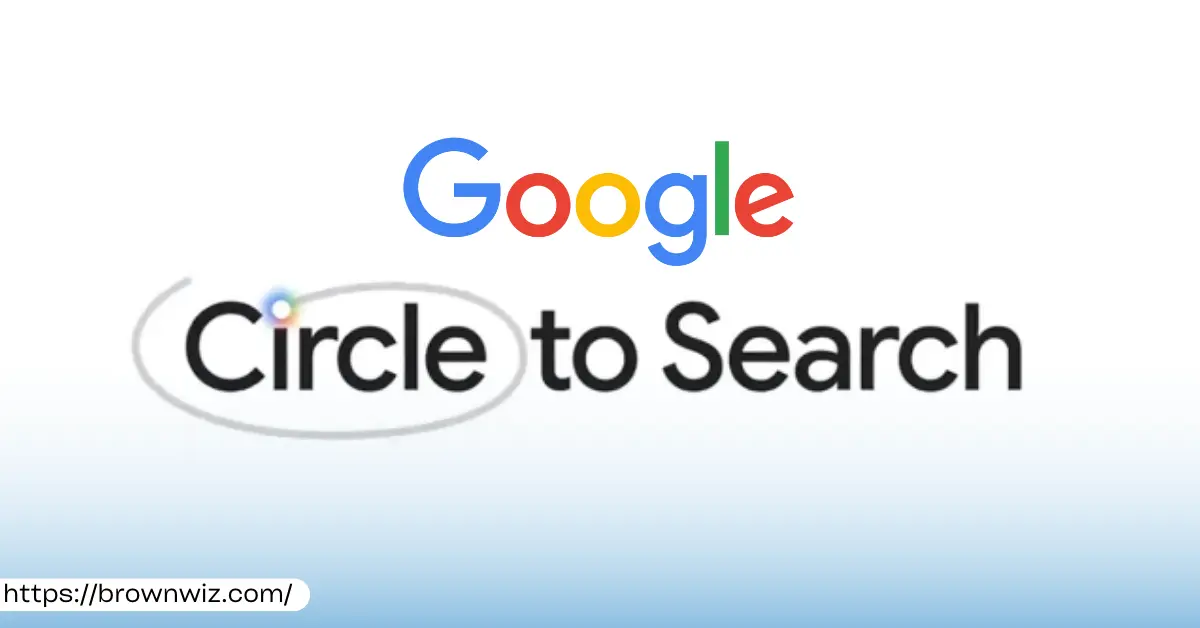Google Circle to Search is a brand new feature for Android phones that just launched on January 31st! It’s a revolutionary way to search for information without ever leaving the app you’re in. Here’s how it works:
What is Google Circle to Search?
Google’s new Circle to Search feature allows Android users to instantly search for information related to anything they circle or highlight on their screen, without leaving their current app. It’s an AI-powered way to explore and learn while staying in context.
How Does Circle to Search Work?
Using simple gestures, users can circle or scribble on text, images, videos, or objects directly within any app on their Android phone. Google’s algorithms will analyze the selection and provide relevant information, definitions, related images, shopping options, and more.
Key Benefits of Circle to Search
- Seamless in-app searching
- Multiple gesture options like circle, highlight, scribble
- AI-powered results tailored to the user’s selection
- Explore curiosities without disruptions or app-switching
Where Is Google Circle to Search Available?
Circle to Search first launched on January 31, 2023, on Google’s Pixel phones and select Samsung Galaxy S24 models. Google plans to expand compatibility to more Android devices later this year.
How to Use Circle to Search
- Activate the feature using your phone’s designated button or gesture.
- Circle, scribble, or tap on anything on the screen to select it.
- View relevant information and explore as desired.
- Swipe away the overlay to return to the original app.
Future of Mobile Search
With Circle to Search, Google aims to revolutionize the search experience on phones by making it frictionless, intuitive, and tailored to user context. This has the potential to change how people find information and interact with the world around them right from their mobile devices.

What Technology Behind Circle to Search?
Circle to Search is powered by Google’s latest advancements in artificial intelligence and visual recognition technology. It uses a technique called multimodal learning, allowing it to understand and connect information across text, images, audio and video.
Specifically, the feature leverages Google’s new Multitask Unified Model (MUM) which was designed to better comprehend the context and intent behind a user’s search selection. MUM can process information in 75 different languages and analyze intricate details in images to provide relevant results.
Google trained MUM on a massive dataset of internet information and real world images to make it capable of understanding nuanced connections between different concepts. This allows the AI to deliver insightful search results tailored to the user’s specific query, even if it’s just a circled object in an image.
Potential Use Cases for Circle to Search
The possibilities for using Circle to Search are endless thanks to the seamless in-app experience. Here are some potential use cases:
- Learning more about a topic mentioned in an article by circling it for definitions or related information.
- Identifying an object in a video and circling it to find where to buy it or similar products.
- Highlighting an ingredient in a recipe and circling it to get alternate options or relevant food facts.
- Scribbling on a map to quickly get information about a location.
- Tapping on a product in an online shop to instantly hunt for better prices and reviews.
- Circling an acronym in a text conversation to look up what it stands for.
The Future Possibilities of Multimodal Search
Circle to Search provides a glimpse into the future of multimodal search that seamlessly bridges text and visual information. Expanding MUM’s capabilities across languages, media formats and applications could one day allow for even more intuitive ways of exploring your world.
Potential future multimodal search innovations include:
- Blending text, voice and gestures for more natural querying.
- Identifying objects in augmented or virtual reality and surfacing contextual information.
- Translating foreign text captured through a camera lens in real-time.
- Building virtual assistants that can comprehend complex context and human intent.
The possibilities are exciting as Google continues pushing the boundaries of AI to allow people to search and navigate information in increasingly intuitive and integrated ways across devices.
Read More News Related to Google’s New AI
| GOOGLE VIDEOPOET: AN AI THAT CREATES VIDEOS FROM TEXT | Google Gemini: Future AI, Understandings, How It Works & ChatGPT |
Read the Official Details of Google Circle to Search Feature.
What is Circle to Search?
Circle to Search is a new Google feature for Android phones that allows users to instantly search for information related to anything they circle or highlight on their screen, without leaving their current app.
How does Circle to Search work?
You activate Circle to Search on your Android phone, then use gestures like circling or scribbling on items on your screen. Google’s AI analyzes your selection and surfaces relevant information as an overlay.
What kind of information does Circle to Search provide?
It provides definitions, related images, shopping options, facts, and other details relevant to whatever you circled. The AI tailors the results to your specific selection.
Can I use Circle to Search on an iPhone?
Currently no, Circle to Search is only available on select Android phones from Google and Samsung. Google plans to expand compatibility to more devices.
Does Circle to Search work in every app?
Yes, Circle to Search works seamlessly within any app on your Android phone without disrupting your experience.
When did Circle to Search launch?
Google first launched the feature on January 31, 2023, on its Pixel phones and Samsung Galaxy S24 devices. Expansion to more Android phones is planned for later this year.
